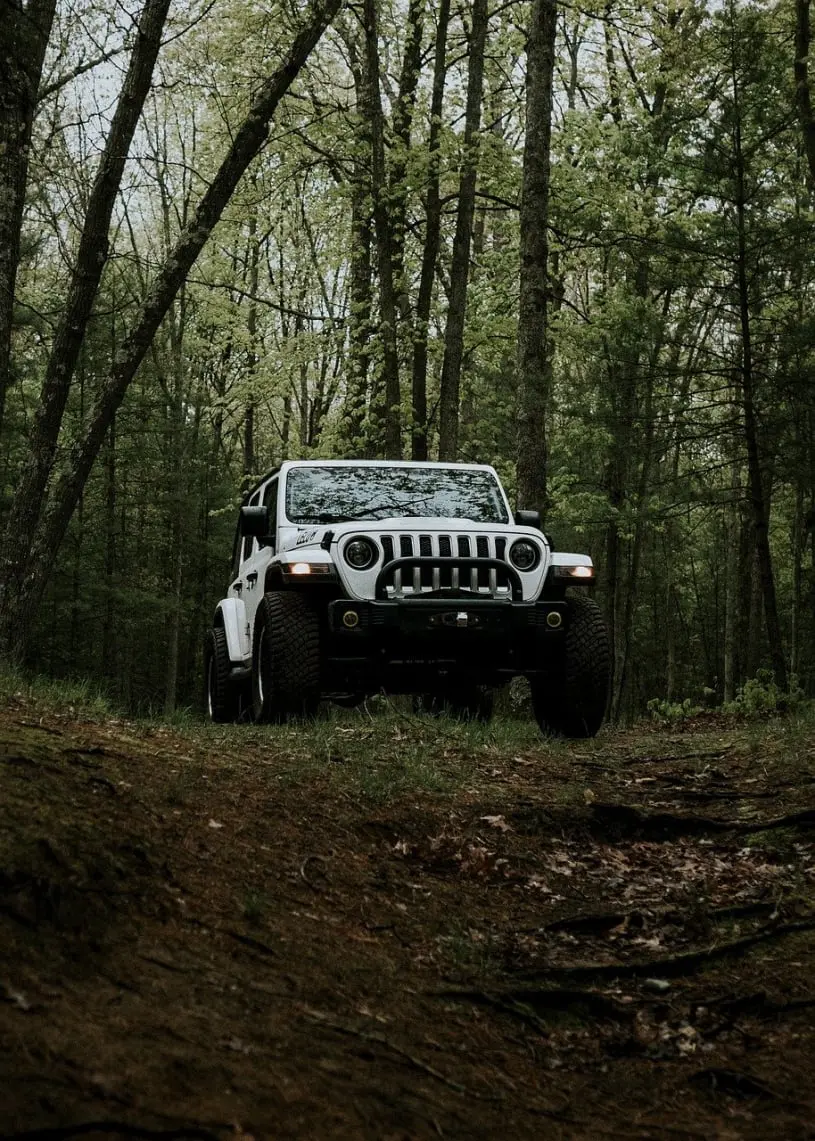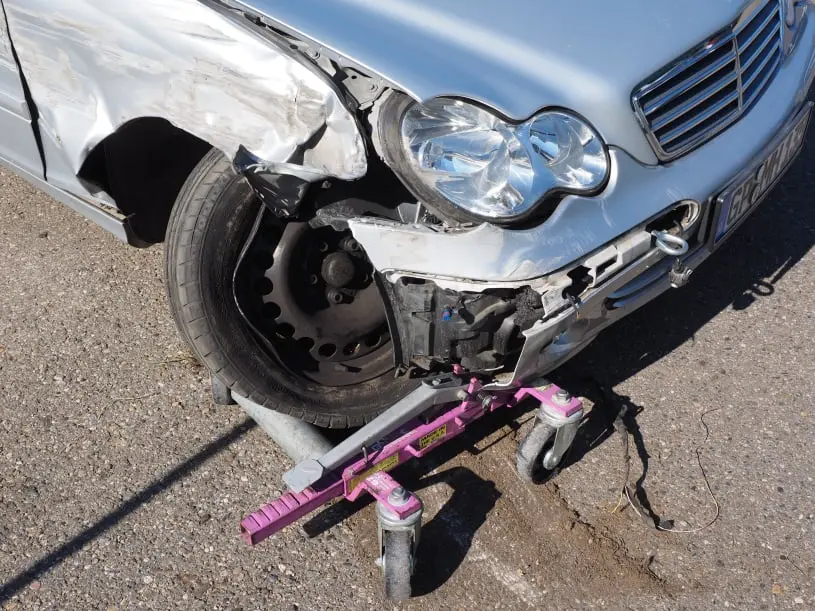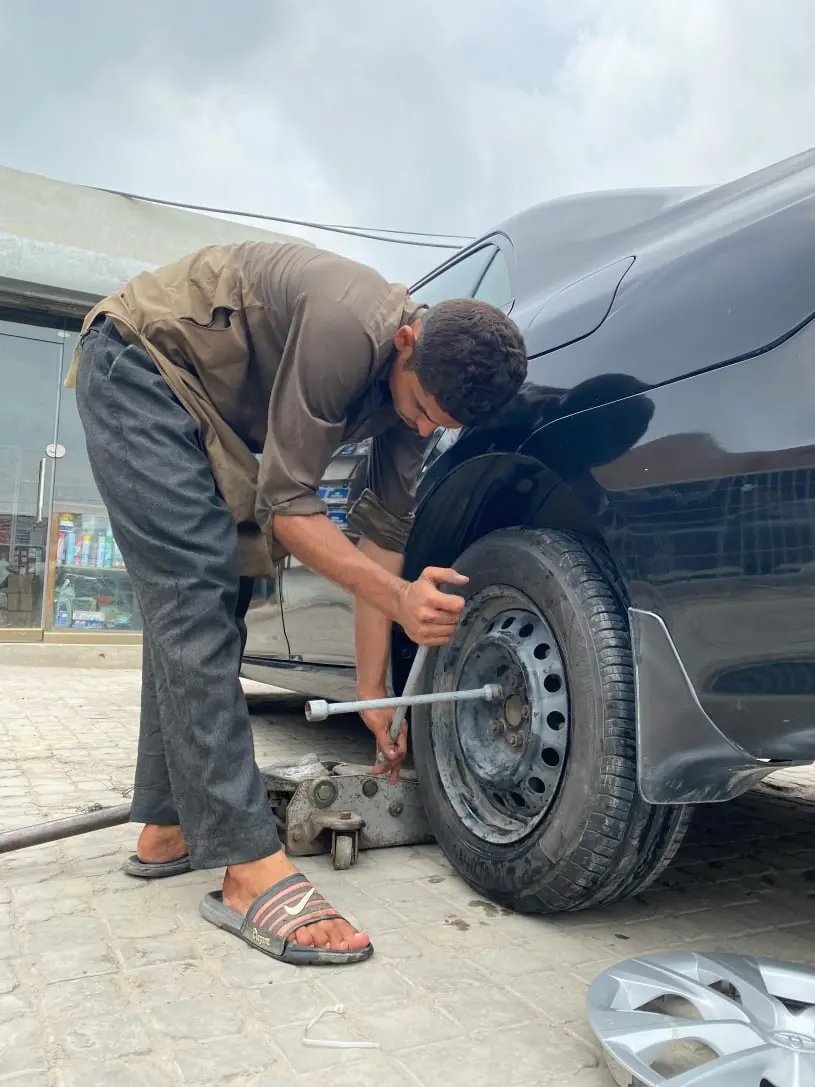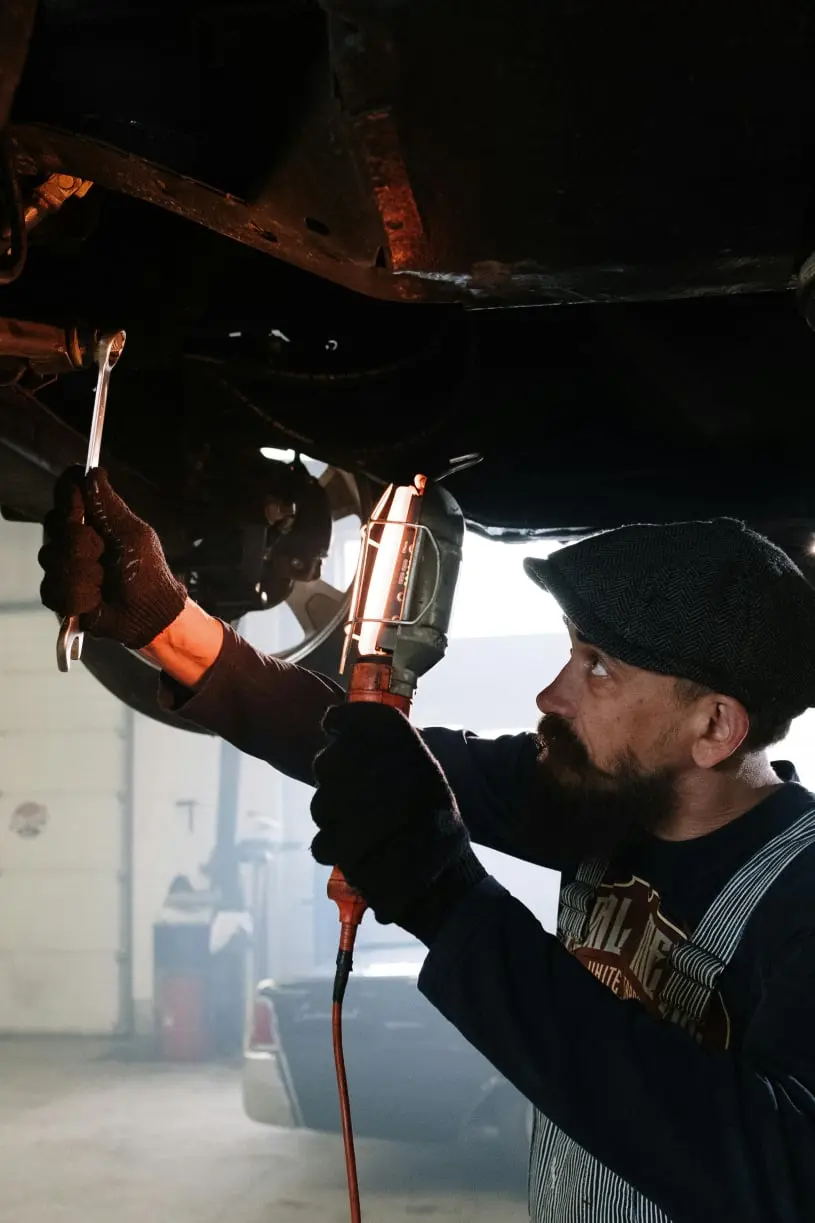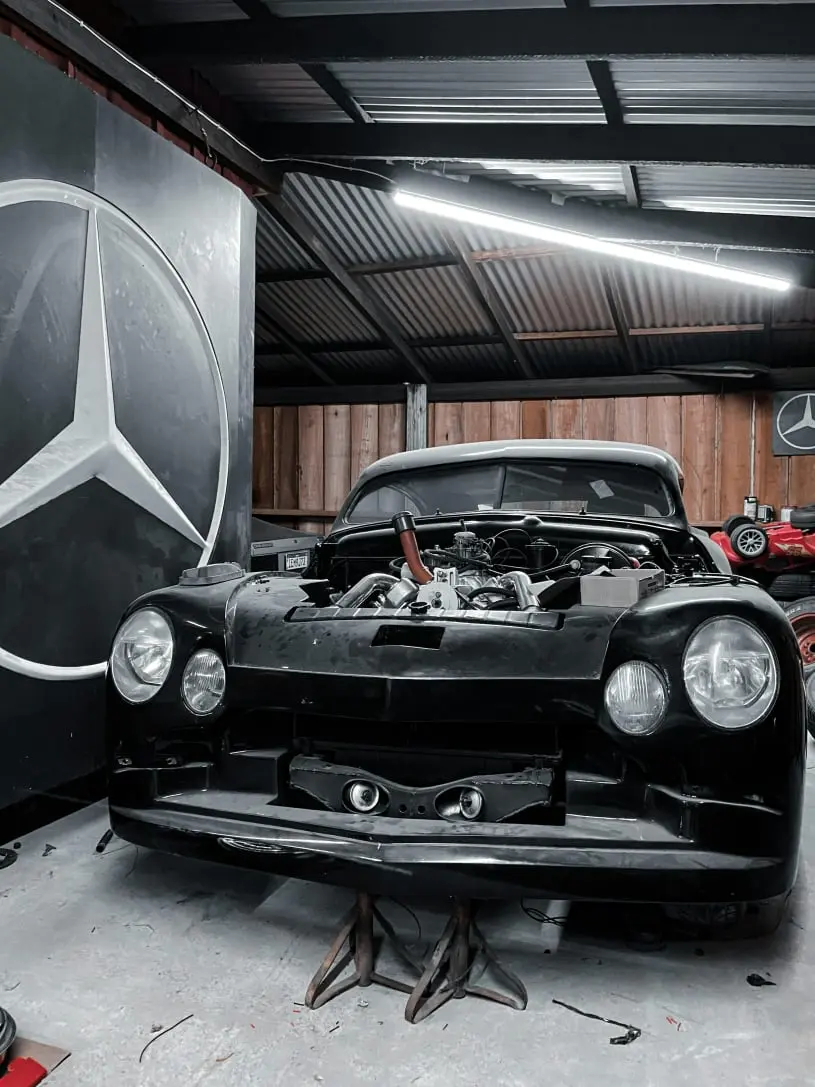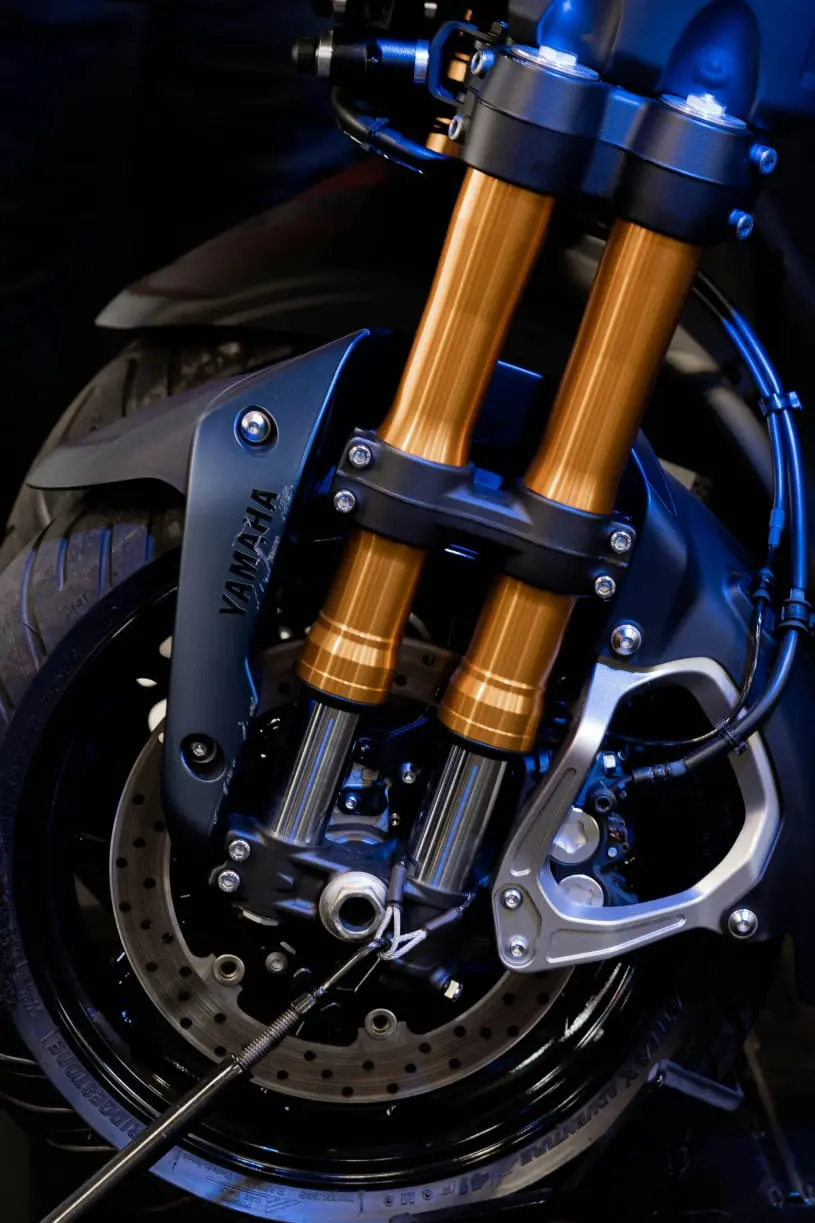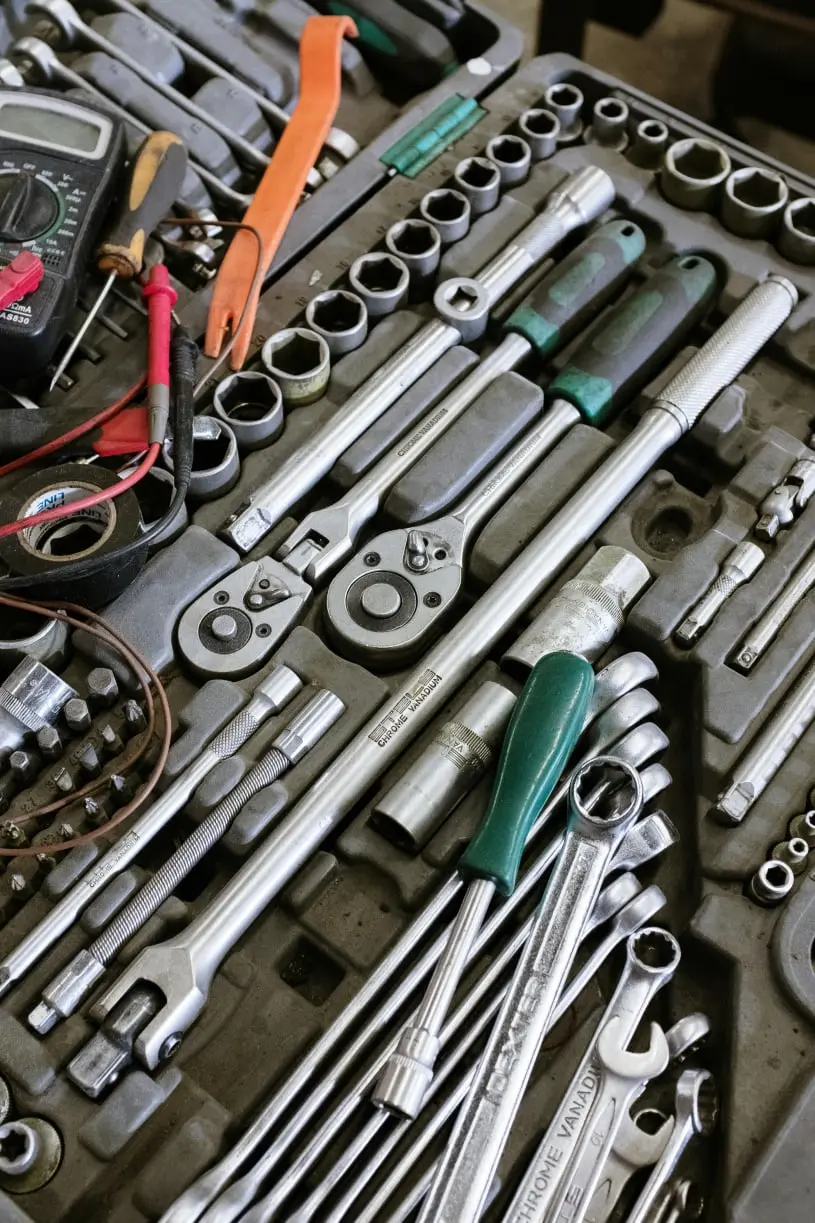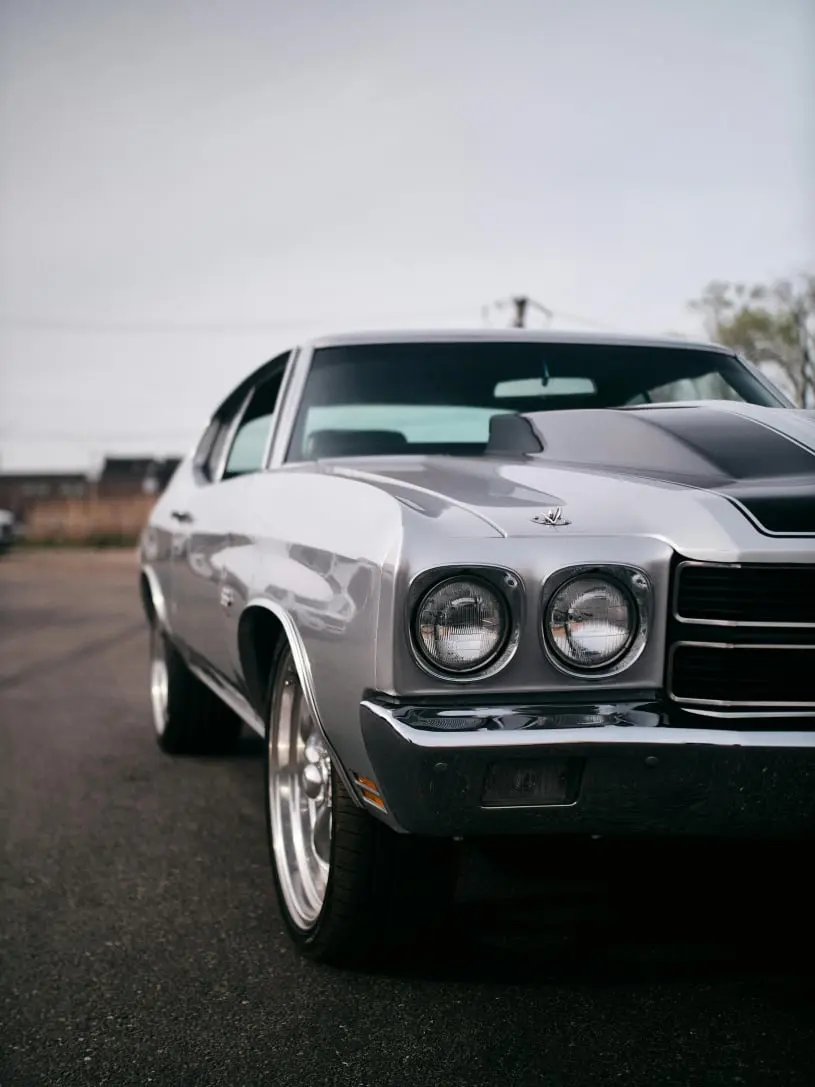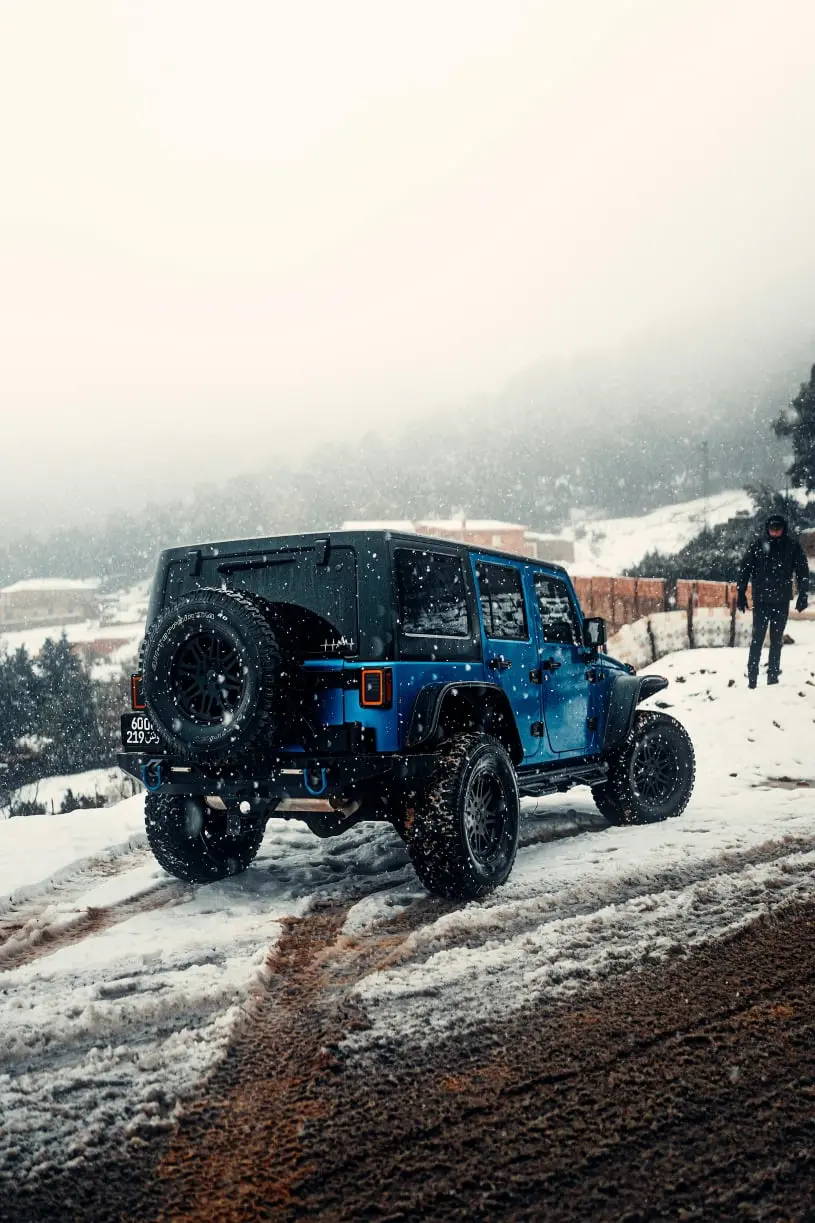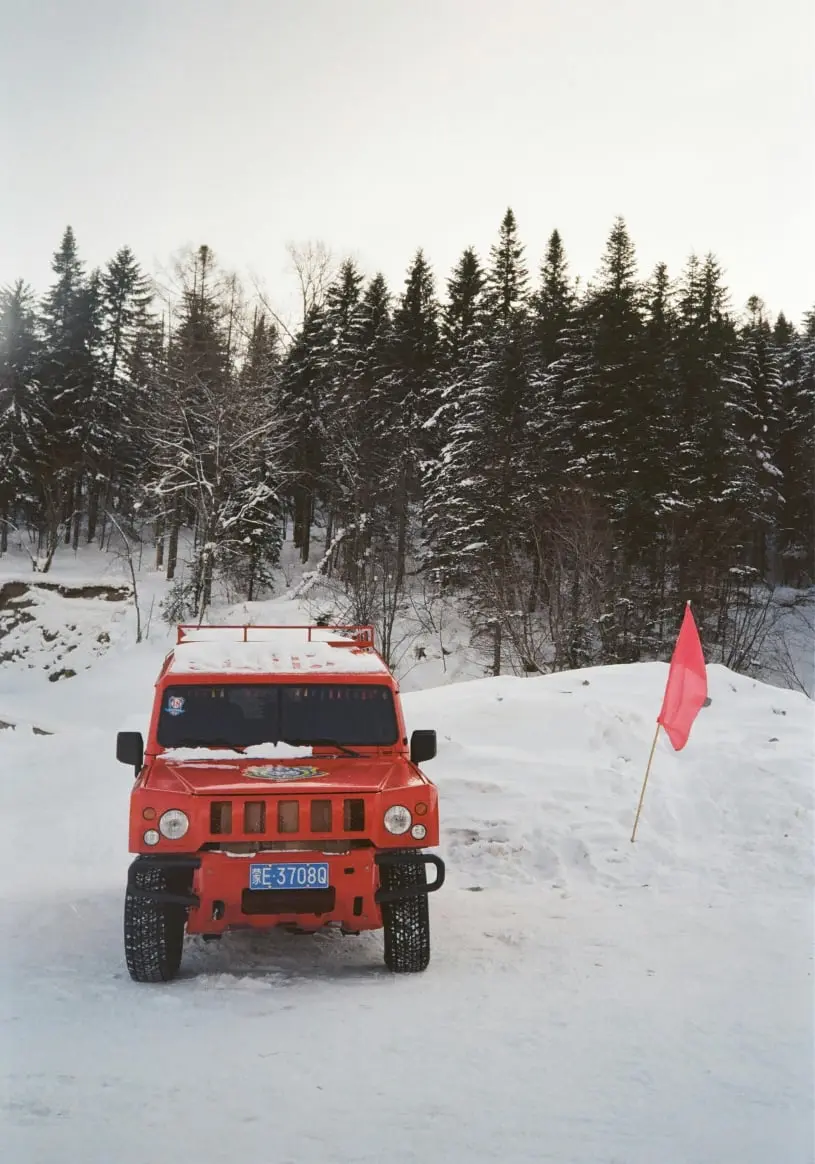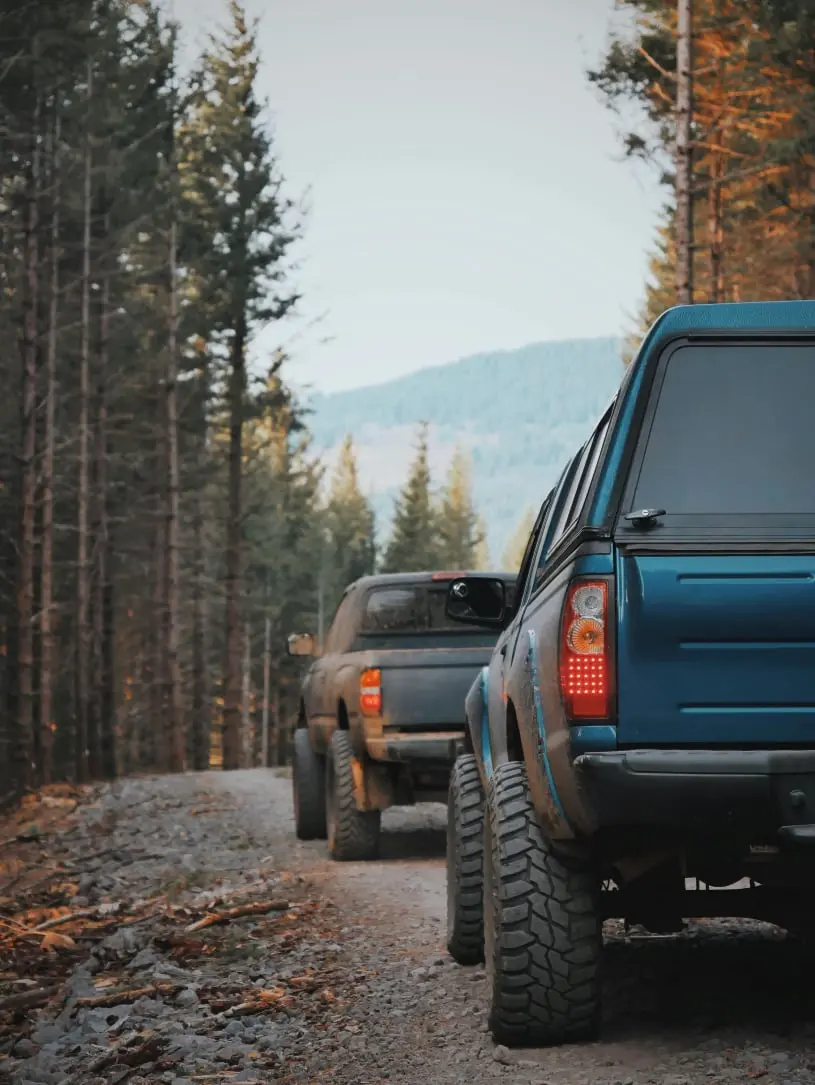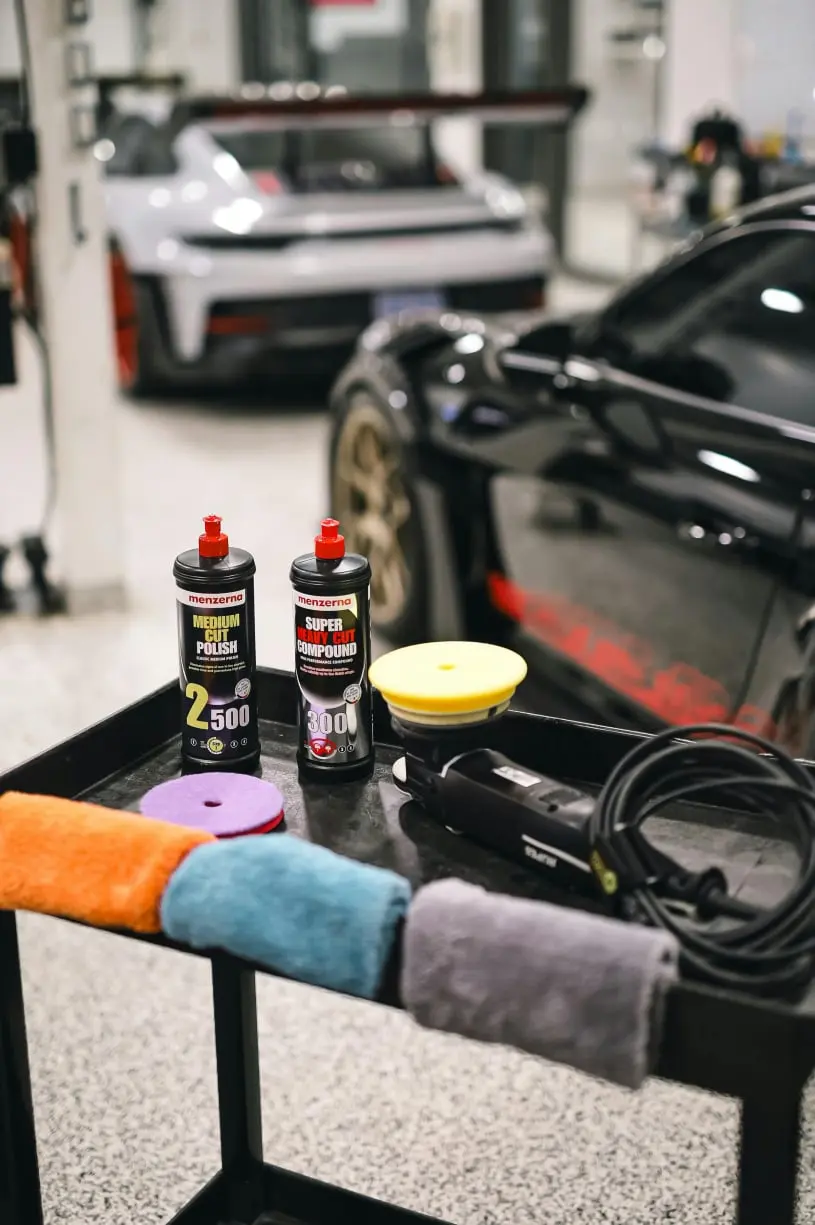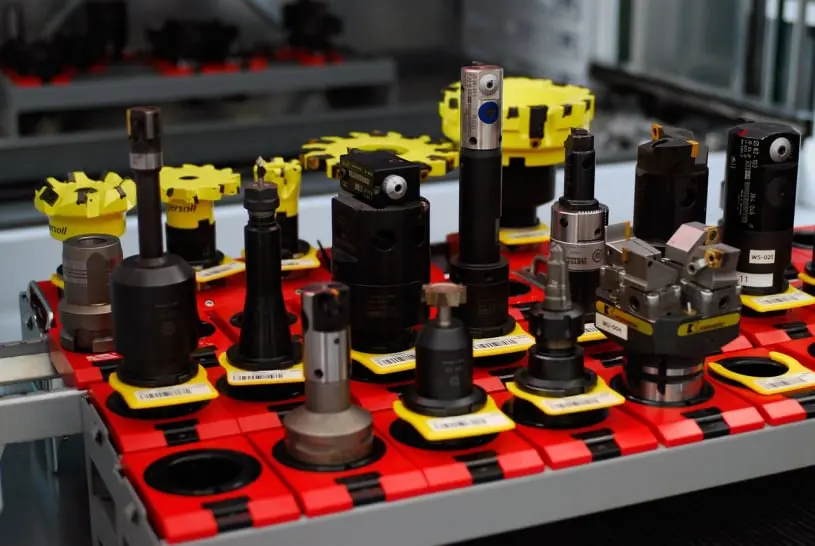
Importance of a Suspension Lift Kit
Imagine cruising along a rocky trail, and instead of ramming the undercarriage of your vehicle into every bump and dip, your lifted ride glides effortlessly over obstacles. That’s the power of a suspension lift kit! Here’s why they are essential:
• Enhanced Ground Clearance: A lift kit raises your vehicle's body, providing crucial space between your undercarriage and the terrain. This reduces the risk of damage when navigating uneven surfaces.
• Improved Approach and Departure Angles: A lift kit allows for a more aggressive approach to steep inclines and declines, ensuring that your ride is safe from potentially damaging angles.
• Responsive Handling: The improved suspension geometry from quality lift kits often results in a more controlled driving experience—benefiting not only off-road enthusiasts but also daily drivers.
• Aesthetics: Let's be honest, a lifted truck or SUV looks awesome! It commands attention with its rugged stance and better showcases oversized tires.
One personal experience comes to mind—it was a camping trip up in the mountains. My buddy installed a suspension lift kit on his 4x4, and throughout the rough terrain, we were both in awe of how his truck effortlessly handled the bumpy trails. Meanwhile, my stock vehicle struggled and left us feeling stranded on a rocky incline!
